The Karachi we lost: A city of lights that once shone for everyone
When I think of Karachi, my mind drifts back to the 1970s and 1980s – a time that still brings a smile to my face. Those were the days when the city lived up to its title, the City of Lights.
Life was simple, safe, and full of colour. Karachi had a charm that touched everyone who lived here, and I often felt lucky that I was able to see and enjoy that golden era.
In those days, Karachi welcomed everyone. People from all provinces and backgrounds came to live and work here, and the city embraced them all.
I remember neighbours from different ethnic groups speaking different languages, yet sharing food and stories without hesitation.
Whether someone was Punjabi, Sindhi, Baloch, Pashtun, or Mohajir — it never mattered. We all stood side by side in shops, sat together in cinemas, and walked the same beach in the evening breeze.
There was a genuine sense of belonging. No one felt like an outsider, and that made Karachi a city unlike any other.
The feeling of safety in those years is something I miss the most. Families could go out at night without fear.
I remember playing cricket in the street with my friends until late in the evening, while our parents sat outside, talking and laughing with neighbours. It was so common to leave doors unlocked because we trusted one another.
Women travelled alone on buses, and students often walked long distances to schools and colleges without any worry.
People respected each other, and disagreements rarely turned into fights. There was a natural warmth in everyday life, and that made the city feel alive.
Life then had a pace that was just right. Karachi was modern, but it still had the comfort of a small town.
People were not rushing all the time, and they appreciated the small joys.
One of those joys was going to the cinema. I still remember the excitement of watching films at Naz, Bambino, Nishat, Capri, or Prince cinemas.
It was not just about the movie; it was about the experience. Families and friends would gather, the lights would go down, and suddenly, we were part of another world.
The laughter, the tears, and the claps from the audience created a bond that is hard to describe. Cinema brought people together, and those evenings are some of my fondest memories.
The old city areas also had their own charm. Places like Kharadar, Mithadar, and Lyari were full of life and culture.
The narrow lanes, small shops, and friendly shopkeepers gave them a character of their own.
Saddar was always busy, with bookshops, bakeries, and tea houses attracting people from every part of the city.
Bohri Bazaar and Empress Market stood as the main centres of trade, where everything from spices to clothes could be found.
Walking through those areas was like stepping into the heart of the city, where history and daily life blended together. They gave Karachi a soul that made it different from any other place.
Education, too had a strong place in Karachi. Teachers were respected, almost like family, and parents believed in education as the key to success.
Schools were disciplined, and colleges were full of energy. Karachi University, NED University and Dow Medical College were the shining stars, drawing students from all over Pakistan.
Even government schools had good standards, and missionary schools gave countless children the confidence to dream big.
We used to believe that knowledge could change our lives, and in many ways, it did. Those classrooms built the foundation of many successful men and women who shaped the country later on.
When I think of leisure, I cannot forget the places where people came together.
Clifton Beach was one of them. I remember the smell of the salty air, the cool breeze, and the sight of families sitting together on the sand with food baskets.
We would eat roasted corn, drink lemonade, and watch the waves roll in. Children ran freely, building sandcastles, while parents talked without a care in the world.
Burnes Road, too, was a place of delight. The taste of nihari, kebabs, and biryani from those old shops is something I still crave.
And of course, the tea stalls on every corner, where people could sit for hours, sipping tea and talking about everything under the sun, were part of the heartbeat of the city.
The transport system also carried its own charm. Trams used to run through Saddar and M A Jinnah Road. Even the colourful buses and rickshaws, decorated with poetry and bright designs, had their own character.
Travelling was not always comfortable, but it was always full of life. The streets were alive with movement, and even a short ride became an experience to remember.
Sports were another passion that united us. Cricket was everywhere. We played in the streets, on empty plots, and in parks, often imagining ourselves as national heroes.
The National Stadium Karachi was a place of pride, where great matches were played. I still recall the celebrations when Pakistan won, and the shared sadness when we lost. It felt like the whole city was part of the same team.
Hockey and football were also loved, and matches filled the stadiums with energy. Sports were more than just games; they were moments of pride, of togetherness, and of hope.
Nightlife in Karachi was magical. The city lived up to its name then.
The streets glowed with neon lights, and people stayed out late. Tariq Road, Saddar, and Bohri Bazaar were always buzzing with life, even at midnight.
Families could drive to Hawkesbay or Paradise Point late at night without any fear.
Restaurants, cafes, and tea houses stayed open, and music and laughter filled the air. Karachi never seemed to sleep, yet it never felt dangerous. Those nights were special, and I often think about how carefree we all felt then.
The economy was strong, and Karachi was the hub of business and trade. The port connected us to the outside world, and the markets were full of goods from near and far.
Banks, offices, and factories gave jobs to thousands, and the people came from small towns and villages to try their luck.
I saw so many families improve their lives because of the opportunities the city gave them.
Karachi was really the city of dreams, a place where hard work could change your future. But what made Karachi beautiful were its people.
As the 1990s unfolded, things began to change rapidly, and Karachi slowly started losing the charm that had once defined it.
Karachiites had a warmth that I do not see in the same way today. The people of the city were helpful, friendly, and resilient.
Festivals were celebrated by everyone. I remember Eid being celebrated not only by Muslims but shared with the neighbours of other faiths, and Christmas, Holi, and Basant were also occasions of joy for all.
The sound of church bells, the call to prayer from mosques, and the singing from temples filled the air together, and it created a sense of peace and harmony.
We lived with differences, but we never let those differences divide us.
The good old days of Karachi feel like a golden chapter from a book, but they were real. I have lived and cherished them.
Today, when I walk through Karachi and see heavy traffic, pollution, rising fear of crime, and the constant stress, I long for that older, gentler city.
The past feels even more precious compared with what we face now.
Yet, I believe the spirit of Karachi still lives on. The memories are not just stories of nostalgia, they are lessons. They remind us that a city is not only about roads, bridges, and buildings; it is about trust, respect, and community.
Karachi once had all these things, and I hold on to the hope that one day, it can have them again. I still dream of a Karachi where children laugh in the streets, where families feel safe, and where neighbours are more like a family.
For me, the good old days of Karachi were not only about a better city, but they were also about a better way of life. It was a time of hope, unity, and kindness.
Those memories stay with me, clear and strong, and I will always cherish them.
The writer is a seasoned journalist and a communications professional.
He can be reached at [email protected]
For the latest news, follow us on Twitter @Aaj_Urdu. We are also on Facebook, Instagram and YouTube.

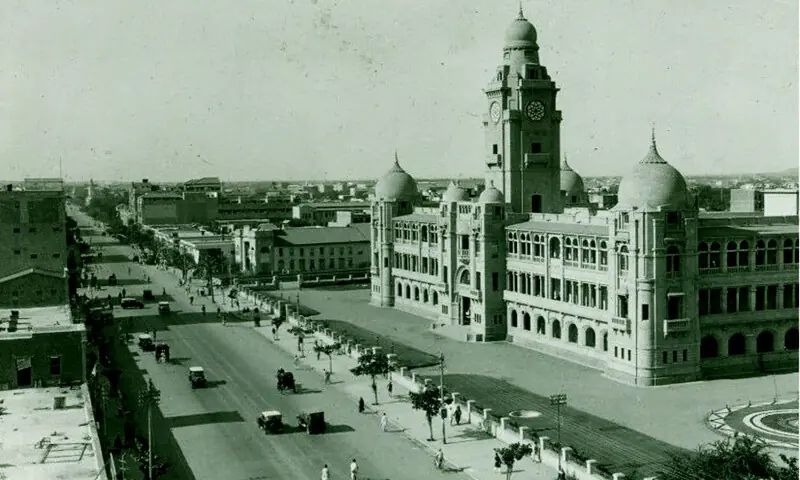

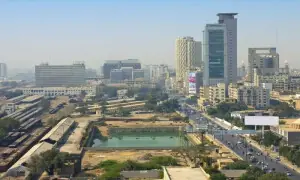



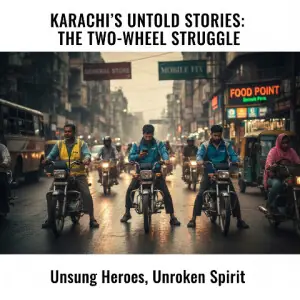
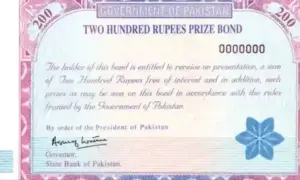
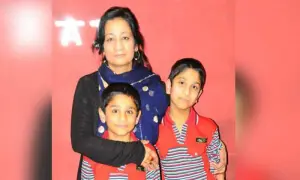
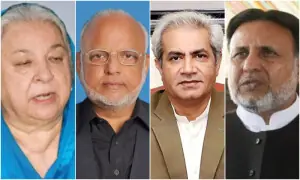
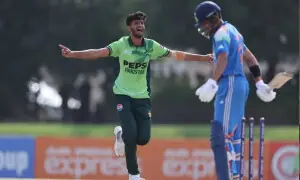
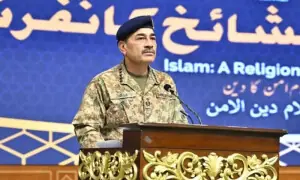
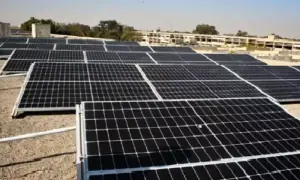
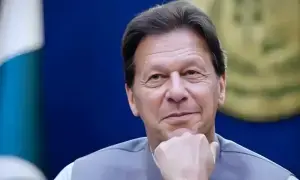
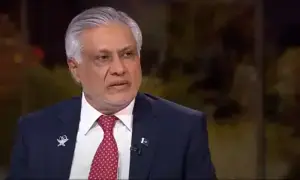
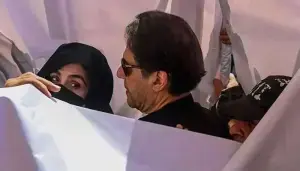


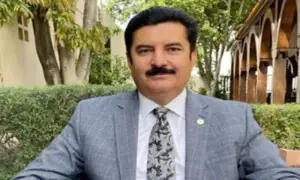
Comments are closed on this story.